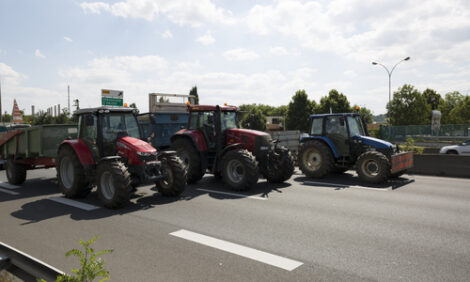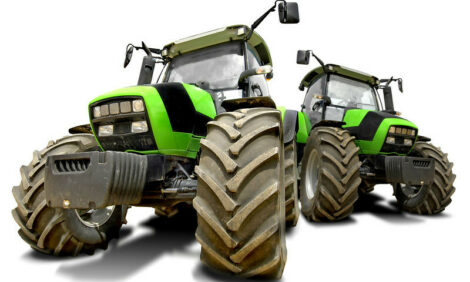



New Teagasc Animal Bioscience Facility Opened
IRELAND - The new Teagasc Animal Bioscience Facility at Grange in County Meath was officially opened by the Minister for Agriculture, Food and the Marine, Simon Coveney earlier this week.The Animal Bioscience Facility was developed as part of the Teagasc vision programme initiated in 2006 with the objective of establishing centres of excellence in the key sciences that underpin Irish agriculture. The new facilities include molecular biology laboratories, and laboratories for DNA/RNA preparation, immunology, biochemistry, microbiology, cell culture, and flow cytometry.
Animal Bioscience is a key component of Teagasc’s Animal and Grassland, Research and Innovation Programme which integrates applied and strategic research across the main livestock species in Ireland namely dairy cattle, beef cattle and sheep. The Teagasc Animal and Bioscience Department carries out research in the areas of animal breeding and genomics, animal health and welfare, infection and disease, computational and systems biology, fertility and reproduction, feed efficiency and product quality.
The new technologies being developed have the potential to accelerate the rate of gain in efficiency and quality. Teagasc Director Professor Gerry Boyle said: “The publication of the genome sequence for cattle in 2009 has opened up the possibility to use DNA based approaches to study commercially important traits. These include milk and meat production, immunity and disease, nutrition and reproduction.”
Using the new areas of science such as genomics, proteomics, and systems biology, Teagasc is seeking to develop tools to more accurately identify the most profitable animals for current and future production systems.
Head of the Teagasc Animal and Bioscience Department, Dr Richard Dewhurst said: “We are developing the optimal breeding programmes to maximise genetic gain in the long term. Our main research activities include the development of multi breed genetic and genomic evaluations, breeding objectives and breeding programmes for dairy cattle, beef cattle and sheep. We also aim to identify genes, pathways and biological processes mediating resistance to infectious diseases in cattle and sheep and how these genes interact with pathogens and the environment.”


